The future of food and the role of measurement technology in it
Improving the future of food with a bite of science
What’s for dinner tonight? We all spend time each day thinking about food even when we’re not eating – food is something that gives pleasure as much as it’s a necessity that we cannot live without. Food impacts our health, wellbeing, finances, and environment, so it’s essential that the methods we use to grow, manufacture, transport, and store it are as efficient, sustainable, and safe as possible. How can we do this? With a dash of science and a whole lot of measurement technology.
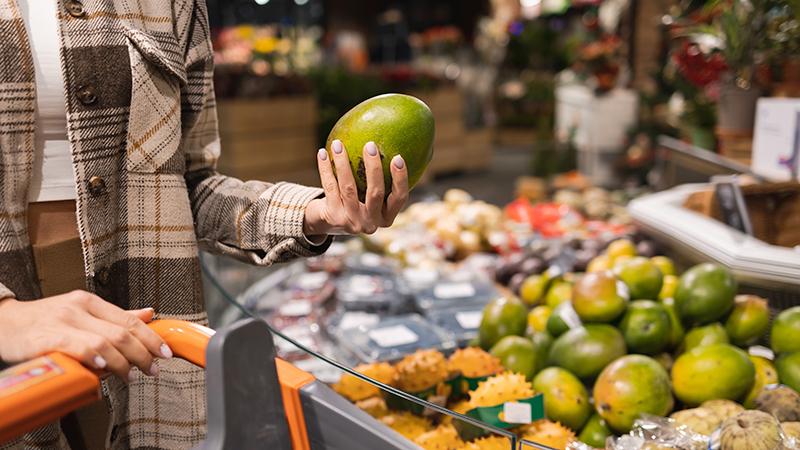
Turning measurements into cake
Even when we’re baking at home, we can see the importance of measurement – if we want a cake with a light, fluffy texture and the perfect taste we need the correct ratio of sugar, flour, butter, and eggs. Then we need to know that our oven is baking at the temperature we set it to and that our ingredients have been stored in the right conditions. Without this, the cake will not taste like we hope or expect. The same is true of industrial kitchens, just on a much bigger scale – manufacturers need their products to be consistent, high quality, tasty, and safe, and they need to optimize their costs so we can afford the food they’re making. This is something that can only be done with accurate and reliable measurement data.

Measurement technology for a healthy harvest
This need for measurement technology extends to how our food is grown and how products are processed, transported, and stored before they reach the shops. Without accurate and reliable sensor technology, monitoring parameters such as temperature, humidity, and carbon dioxide concentrations, yields will be small and products will spoil. In modern greenhouses and vertical farms the environment is strictly controlled to achieve the perfect growth conditions, meaning more crops can be grown with fewer resources. The more you measure, the more you can control – and the more efficiently you can use the resources you have to grow more and better food. Once ready, the perfect storage and transportation conditions keep food fresh for longer, reducing waste and maximizing taste and nutritional value. It has been said that “you get what you measure” – this is certainly true in the food and beverage industry!
Increasing the sustainability of our food
In order to reduce the carbon footprint of our food it’s essential that food and beverage manufacturers develop their processes to increase energy efficiency and to optimize the use of other resources such as key ingredients and water. Waste can be turned into value by converting it into biogas or biomethane that can be used to generate heat and electricity – a fantastic example of the circular economy. This is only possible with reliable measurement data to help manufacturers make the right process decisions while monitoring consistency, quality, and safety.
In the future we need to go even further to make our food more sustainable – and the technology is already there to help us do this. Most agricultural food currently produced is grown to feed animals, making the environmental footprint of meat substantial. Plant-based burgers, for example, are far more sustainable, healthier, and ethical than animal-based alternatives and their development is the result of a lot of research.
For even more sustainability gains we need more data, more measurements, and more science. For example, agricultural soil stores a lot of carbon dioxide and farming releases that carbon into the atmosphere. Previously it has been difficult to detect, but now we have measurement technology that can track and measure which farming practices allow us to retain the most carbon in the soil – and perhaps sequester even more. Finding these methods demands data, and this data comes from, you guessed it, measurement.
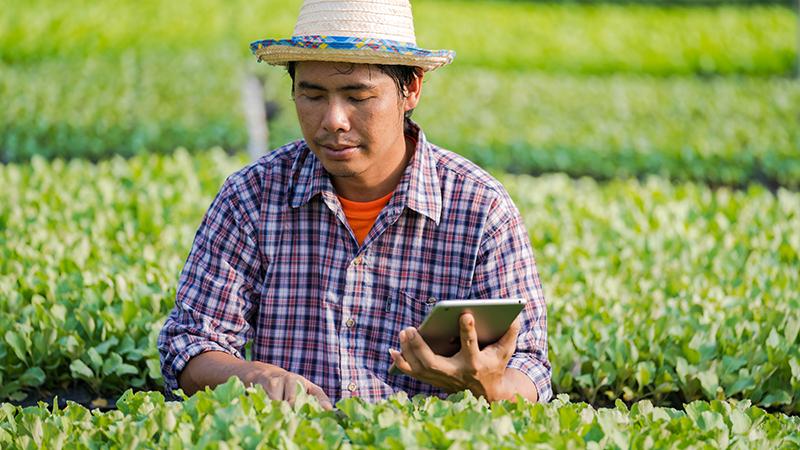
The beginning of the microbe megatrend
Another rising trend will be the use of microbes in food production We will be able to take agricultural waste and make food out of it, or even capture carbon dioxide from the air and make food out of that, using microbes in fermentation tanks. This will be a whole new industry that will need even more measurement technology – but in reality, it’s simply another application of the same technology we’re using in the brewing industry today. Looking even further into the future we may be able to make eggs without chickens, dairy proteins without cows, and new fats which make plant-based food even more juicy and delicious.
Increasing the resilience of food production
Innovation will also be needed to make food production more resilient to severe weather phenomena and other issues that are a direct result of climate change. New measurement technologies will also be needed, and they may come from an unexpected source – space research. Scientists are looking at measurement data from the moon and Mars to figure out how to produce food for astronauts if a research station is established in space. If we can solve the puzzle of how to produce food in harsh environments like this we can use that information to help us produce food in a more resilient and sustainable way on Earth, in our changing climatic conditions.

We are what we eat – but what should that be?
In the future, the focus of measurement technology may expand to helping us eat the right foods at the right time. Measurement data could reveal our personal nutritional needs and help identify the right foods to eat to meet them, so we can make better decisions about what we put in our mouths. This kind of personalized nutrition may be the next big trend in future food.
Measurement technology is key to the health of people and the planet, as well as to improving yields and increasing production and resource efficiency, all of which decrease the carbon footprint of our food. In the future we can use measurement technology to produce food in a smarter, more precise, and more efficient way – and in many ways, the future is already here.
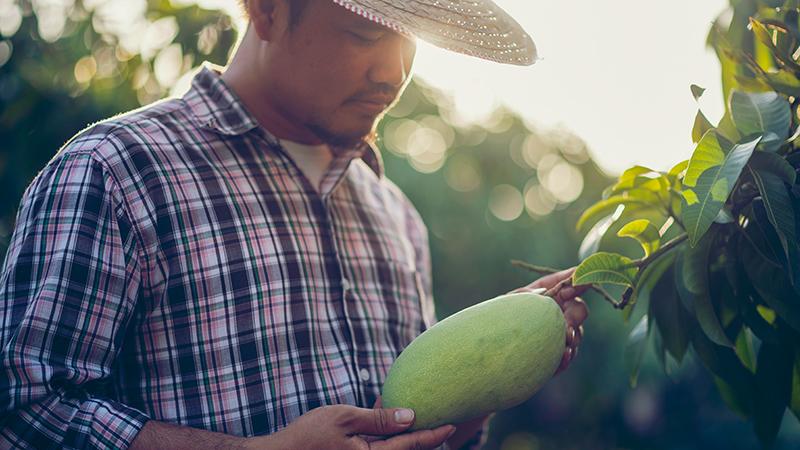
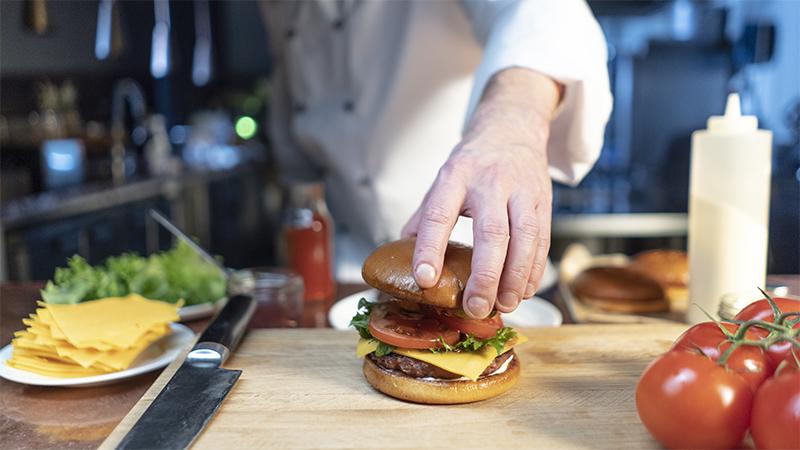
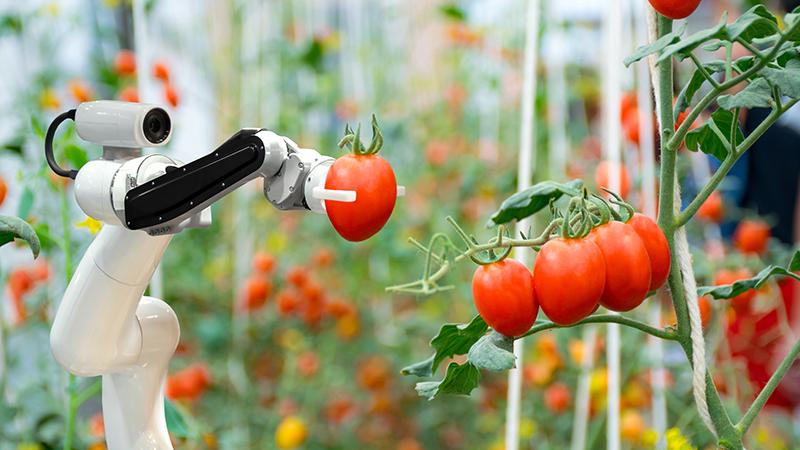
Add new comment